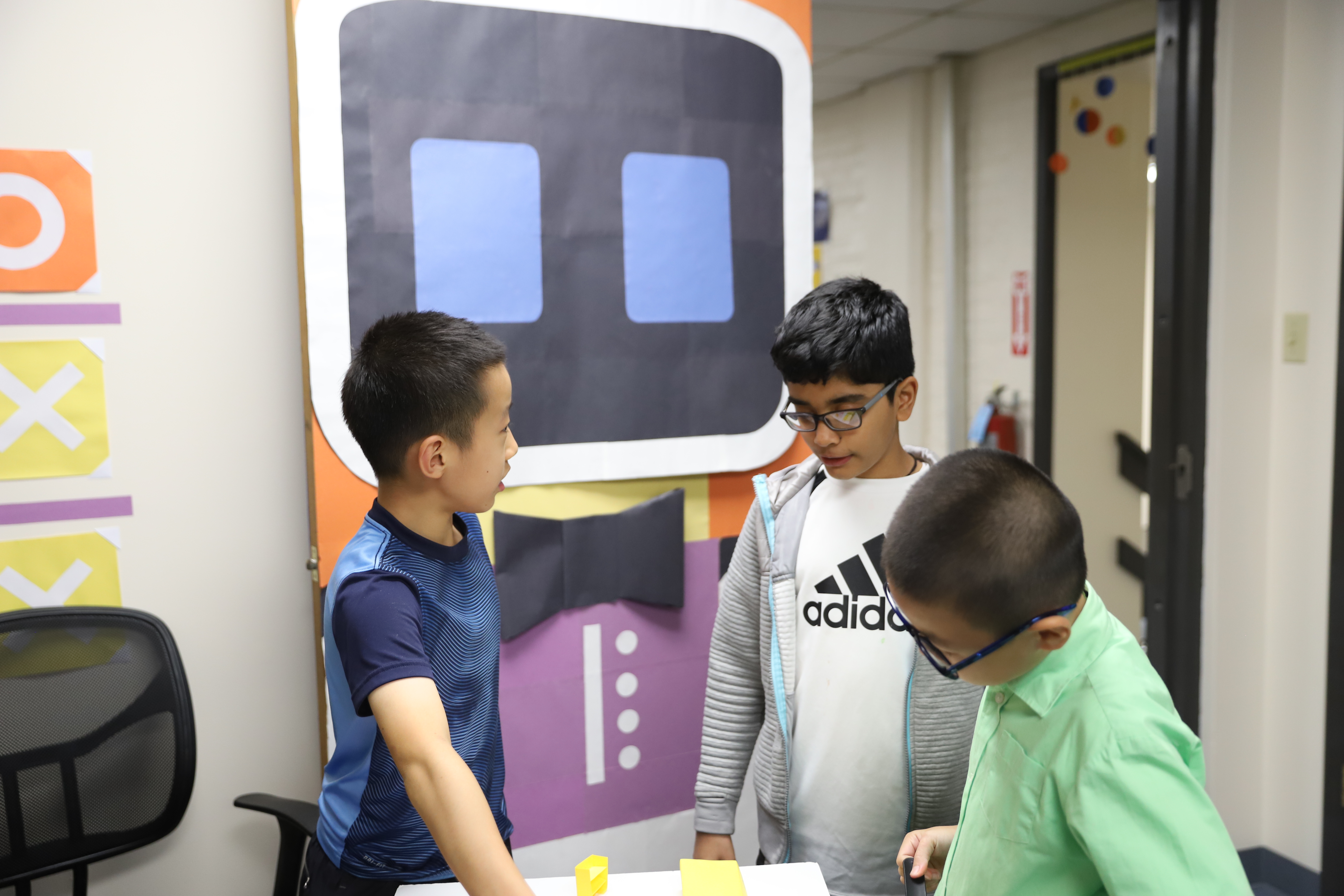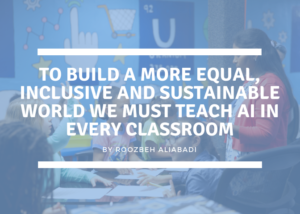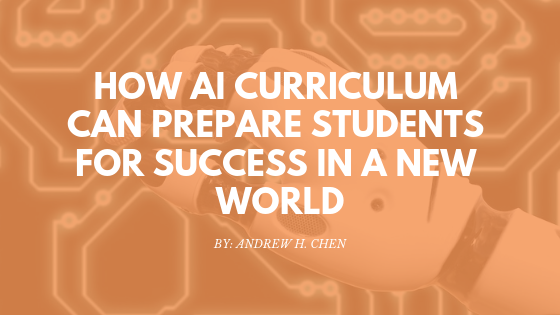AI Revolution Needs More People Not Less
It Starts in Every Classroom
By: Roozbeh Aliabadi
For the past five decades, Gordon Moore has been right of course. Today, the fast growth of artificial intelligence (AI) in every sector and in every device we own has demanded to rethink Moore’s Law – predicted that the number of transistors that would go into an integrated circuit would duplicate every year, therefore producing significantly more computing power. As the demand for the extensive computing power needed to drive complex processing tasks on smaller – frequently wearable – devices continues to rise, we have exceeded the speed at which the transistor can keep getting smaller. Now, a new type of ‘deep learning’ chips, which use algebraic equations and AI to squeeze more processing power into a smaller container, have been widely seen and used.
The story of AI’s transformation of many sectors and industries are examples of how technology is forcing us to reimagine the fundamentals of every sector and more importantly, how we live. With more computing power than ever before at our fingertips, new ways of obtaining information, and virtually limitless growth potential, today ’s leaders in every industry need to get more comfortable with letting go of traditional means and restrictions and adopting and embracing change.
That is a massive shift for many of us at every level of our societies. The early days it was all about predictions of robots replacing the traditional workforce. Some studies predict that AI-powered robots would replace a quarter of jobs in the professional services sector by 2025.
Among all the prophecies and forecasts about robots taking jobs – and even thinking that robots might also have to pay dues and taxes after they steal your job – I believe, AI is increasingly uncovering itself as more of an enabling force than a disrupting force.
In my hometown of Pittsburgh, I see that for every forecast that robots will soon replace humans, the technology firms at the heart of the AI-revolution can’t hire humans fast enough. On an industry-wide basis, there are currently several open positions for every technologist presently working in the US.
I believe the future is not actually about replacing human beings; it’s about making humans smarter and more insightful. To get to this goal, in every classroom we must teach specialty expertise to build breakthroughs, but also the soft skills to navigate our future work culture and identify barriers as we all move through a period of tectonic change. It’s a unique challenge that reshapes the status quo in educating, hiring and promoting the next generation.
That’s why it’s more likely to find today’s job recruiters at college campuses, job meet-ups and conferences than in the office sorting through CVs and resumes or outlining job postings. We will also find recruiters spending less time talking with candidates about specific technologies and previous career milestones and more about problem-solving, deep thinking, creativity, ethics and other essential soft skills. This is a significant move in the way recruiting and hiring was handled even three years ago.
As I spend more time with executives, entrepreneurs, consulting firms and others in a wide range of industries, I witness that the magic ingredient companies looking for in today’s market are a bit harder to quantify. Top companies are looking for what I would call ‘learning readiness and willingness,’ and it is a measure of how fast and effective a person can learn a new concept and successfully apply it to a new challenge. It requires a combination of deep discipline expertise to quickly identify potential solutions, but also soft skills like the ability to observe, interact and empathize to find the best path to achievement and solving problems.
The result of all of this is a much more holistic view of both the future workforce and workplace, one that brings together the hard and soft aspects of the work into the overall hiring assessment. At a time when many companies are implying that the rise of technology will decrease the demand for people, we’re witnessing a very different trend surface. Technology is changing the profile of the workforce, and employers are looking for and dramatically impacting the way in which we find them. But we should not forget it has not changed the fact that we still need them, perhaps now more than ever before.
Eventually, what the growth of AI is proving is that the companies that will flourish in unpredictable times are those with a constant commitment to innovation, creativity, collaboration, and learning, and with a diverse workforce that can expect trends and spot new threats from the least likely places. Increasingly, that is going to need a focus on the future workforce who not only have the technical expertise and understanding to deal with today’s challenges, but the versatility to adapt to those of the future. We need to teach both in classrooms around the world, and we must start today.




Appreciating the time and effort you put into your blog and in depth information you provide.
It’s good to come across a blog every once in a while that isn’t the
same out of date rehashed information. Wonderful read!
I’ve saved your site and I’m including your RSS feeds to
my Google account.